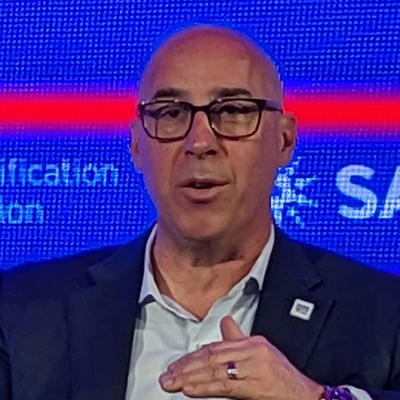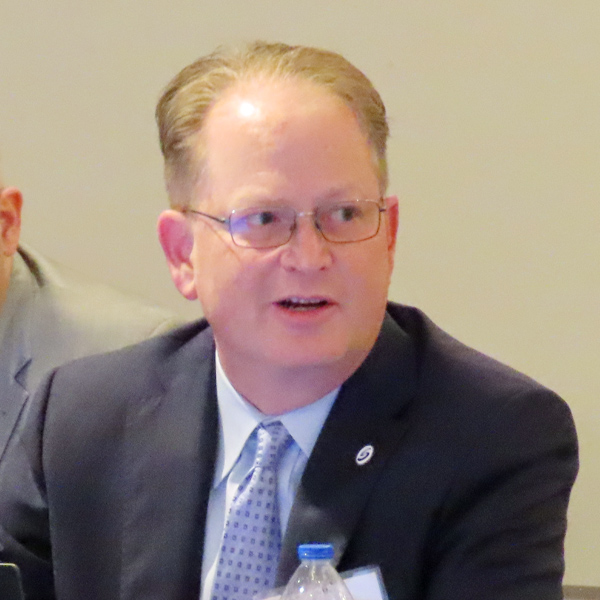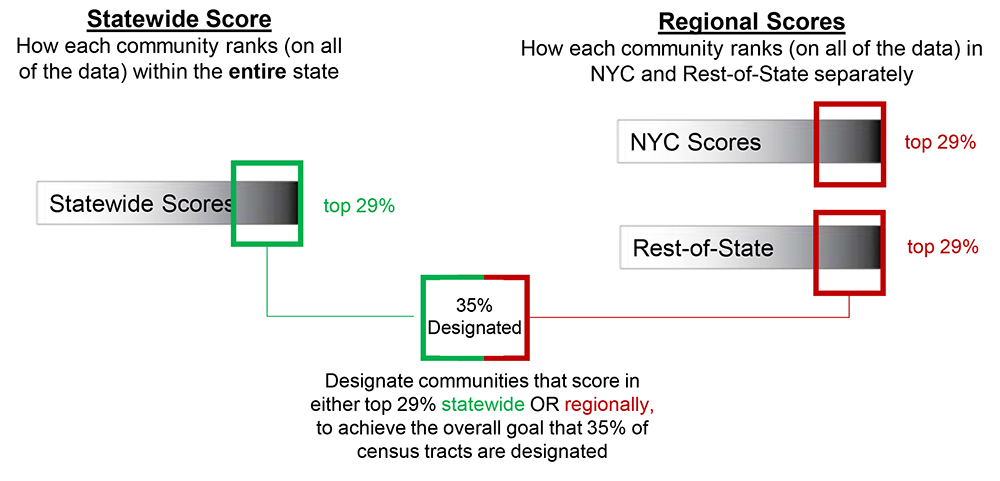WASHINGTON — FERC received passionate, emotional and sometimes angry testimony from panelists Wednesday at its roundtable on incorporating environmental justice and equity into its infrastructure permitting (AD23-5).
Acting Chair Willie Phillips and his colleagues seldom spoke, giving speakers plenty of time to lambast the commission for, as they said, failing to adequately assess how the projects it “rubberstamps” affect environmental justice communities.
EPA defines EJ communities as “minority, low-income, tribal or indigenous populations or geographic locations … that potentially experience disproportionate environmental harms and risks.” Speakers and audience members traveled to D.C. from the Texas cities of Port Arthur and Freeport, southwest Louisiana, Southern Virginia and West Virginia, among other U.S. locations where large-scale natural gas projects have been permitted — and are extremely controversial among residents.
Communities along the Gulf Coast have been particularly impacted by the boom in LNG exports, especially since Russia invaded Ukraine last year, causing an energy crisis in Europe. With seven active terminals, the U.S. is now the world’s No. 1 exporter of LNG, as suppliers rush to fill the void left by European countries reducing their imports of Russian gas.
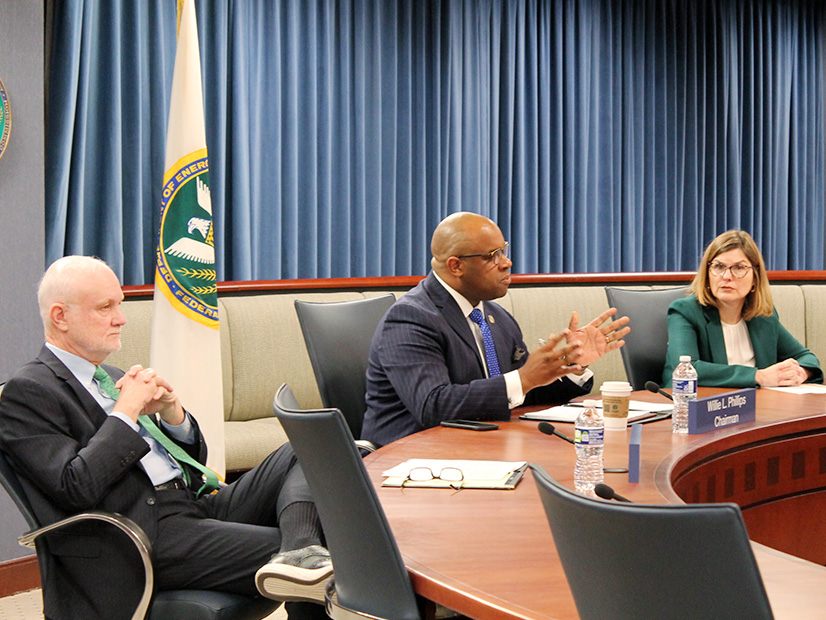 John Beard, Port Arthur Community Action Network | FERC
John Beard, Port Arthur Community Action Network | FERC
Another terminal in Port Arthur is under construction; last year FERC granted developer Sempra Energy more time — until 2028 — to complete the project. John Beard, founder and president of the Port Arthur Community Action Network, told commissioners about the 120 years of environmental injustice his city has suffered.
Because of the city’s high levels of benzene and sulfur in the air, it has twice the national average for not only cancer, but also heart, lung and kidney disease, Beard said. Two-thirds of the city’s population of 55,000 are economically disadvantaged, with 30% of those being at or below the poverty line.
“This is what environmental injustice looks like, by the very companies, and others that share space with them, that are now coming before you with [applications for] permits to do more work; to heap more of a disproportionate burden on communities such as mine, and others along the Gulf Coast,” he said.
“If you don’t believe me, y’all come on down. … And all I will ask you is this one question: Were it your community, would you be breathing that kind of air? In a matter of minutes or in hours, in one simple visit, in and out, you will begin to feel the effects of what we have felt for 120 years.”
What Can FERC Do?
Among Phillips’ first acts upon being named acting chair was to schedule the roundtable, saying it would help the commission further its goals of its Equity Action Plan, initiated by the previous chair, Richard Glick. (See Phillips Presides over 1st FERC Meeting as Chair.)
The plan was in response to President Biden’s first executive order after taking office in 2021, 13985: Advancing Racial Equity and Support for Underserved Communities Through the Federal Government. As an independent agency, FERC is not required to comply with the order, but Glick opted to participate. As part of the commission’s minority under former president Donald Trump, Glick was a frequent critic of FERC’s decisions approving gas infrastructure without fully laying out the greenhouse gas emissions that would result from the projects.
“The Equity Action Plan is a roadmap for FERC to build a culture and program that ensures the commission is appropriately integrating environmental justice and equity issues into our decision making and day-to-day operations,” Glick said in April 2022, when the plan was first released. “FERC must meet its responsibility to ensure our decisions do not unfairly impact historically marginalized communities. This plan ensures that environmental justice and equity concerns finally get the attention they deserve at the commission.”
Among the elements of the plan was setting up the Office of Public Participation and creating a new position, senior counsel for environmental justice and equity, currently held by Conrad Bolston.
On Wednesday, Phillips and commissioners Allison Clements and Mark Christie solicited three sets of panelists for advice on how to fully integrate environmental justice into the commission’s decisions on infrastructure permits, including those for electric transmission. Commissioner James Danly listened to the conference by phone but did not ask any questions.
 Acting FERC Chair Willie Phillips opens the conference as Commissioners Allison Clements and Mark Christie listen. | © RTO Insider LLC
Acting FERC Chair Willie Phillips opens the conference as Commissioners Allison Clements and Mark Christie listen. | © RTO Insider LLC
There were many different suggestions, but speakers tended to focus on broadening how the commission quantifies the cumulative impacts from projects when it conducts its environmental analyses, and creating meaningful opportunities for communities to engage with commission staff and project developers.
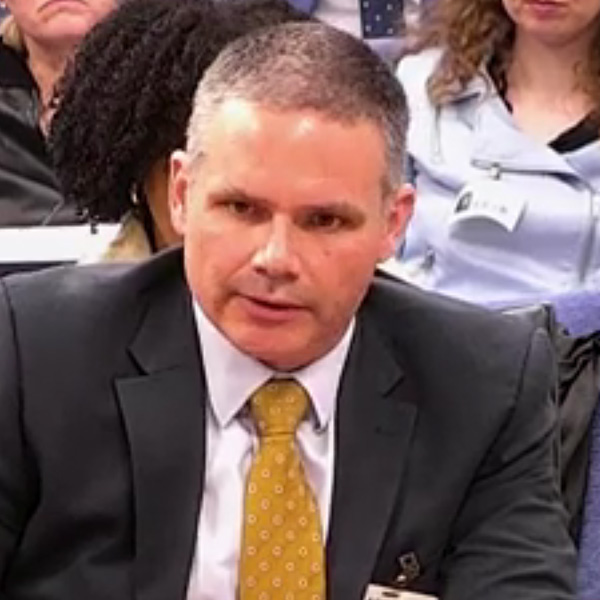 Ben Jealous, Sierra Club | FERC
Ben Jealous, Sierra Club | FERC
“It’s important to endeavor to quantify the costs that this community has already been asked to endure and how much we are adding to that,” Ben Jealous, executive director of the Sierra Club, said. “And in that cost, I would include how much we estimate their property values have been suppressed. How much do we estimate the financial burden on their families due to the health impacts that past decisions have made? And how do we estimate the long-term earning potential of children who grew up with lead poisoning?
“We have the math; we have centuries of it. … We can make these algorithms. There’s very smart people … who are quite capable. So I would encourage us to get serious about the quantitative analysis and to really do our best to estimate all of the costs in dollar terms everybody can understand.”
“One of the things that makes me nervous is that folks want clear expectations,” said Matthew Tejada, EPA’s deputy assistant administrator for environmental justice. “And I completely value that. Businesses need clear expectations to make business decisions. But it’s going to take us a minute. We’re unwinding centuries of assumptions and policies here. … It is absolutely about changing the math. And that math has evolved over time to the benefit of some and disadvantage of others.”
Christie noted that each project has its own unique set of circumstances. He gave the hypothetical example of a transmission line in which the record shows one route would cost more than the other. “What do you mean by ‘changing the math?’” he asked Tejada.
 Matthew Tejada, EPA | FERC
Matthew Tejada, EPA | FERC
“In my experience, that math does not consider all of the impacts of that project,” Tejada replied. “There will be externalized costs to many of them. And we’re still not really good at fully capturing the societal costs, the health impact costs … things that are really hard to value; things like loss of heritage, loss of culture. … We need to know what the full cost impact of those projects are so we can look at things like community benefit agreements. … [In 10 years, we might say], ‘Yeah, using the math we use right now, that project would have been cheaper, but when we take in the full costs, that one that engineering-wise is twice as expensive? It’s actually cheaper because you don’t have all these externalized costs as a result of it.”
Anger over Lack of Engagement
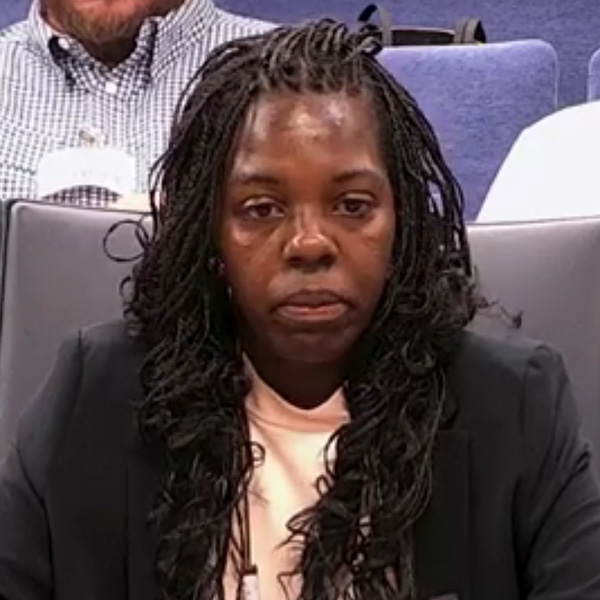 Kari Fulton, Center for Oil and Gas Organizing | FERC
Kari Fulton, Center for Oil and Gas Organizing | FERC
The second panel featured many familiar complaints about the commission’s process to include public participation in its decision-making: a lack of adequate notice of public hearings; companies sending employees to such hearings to express support, crowding out local residents; and the difficulty in accessing FERC’s arcane online docket system, eLibrary.
The panel was titled, “From the Front Line: Impacted Communities and their Challenges.” But Kari Fulton, a climate advocate speaking on behalf of the Center for Oil and Gas Organizing, expressed outrage that only two people from frontline communities — those that are already experiencing the effects of climate change — were invited onto the panel.
“Our ability to come here every month wouldn’t happen without the real, intentional buildout of the Office of Public Participation,” said Fulton, who wept as she spoke. “Every single month, they support us. I don’t know what happened with this roundtable.”
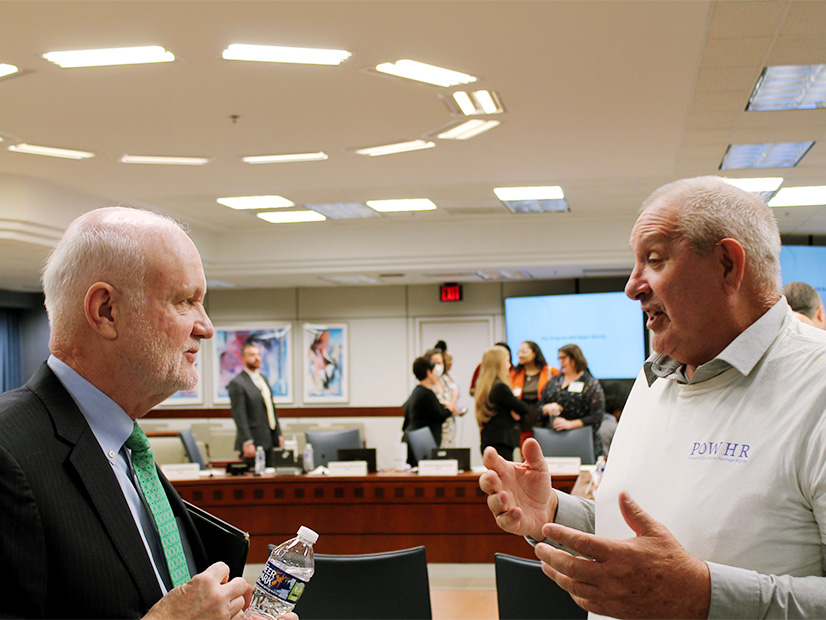 An audience member speaks with Commissioner Mark Christie (left) after the end of the first panel. | © RTO Insider LLC
An audience member speaks with Commissioner Mark Christie (left) after the end of the first panel. | © RTO Insider LLC
She also noted the absences of Christie, who had left after the first panel, and Danly. “I also don’t know why I’m only looking at the two Democratic commissioners for this one panel for frontline voices, with only two frontline voices. … How can we have meaningful participation, how can we create bipartisan collaboration, when there’s obviously one side that’s not even listening.”
One of those voices was Port Arthur’s Beard. The other was Roishetta Ozane, founder and director of The Vessel Project of Louisiana, who said she was prepared to not only reject the invitation, feeling it unfair to speak on behalf of her entire state, but to protest the event over the lack of frontline community speakers.
“But even in accepting the invitation, the injustices that we faced were prevalent,” she said. “We had two choices … do it virtually or come in person. Now as frontline folks, we’re tired of doing stuff virtually because we feel like you can’t feel our emotion and our tone. You can’t see our faces. We don’t know if you’re paying attention or if you’re watching so easily like Commissioner Danly, who is somewhere in the stratosphere somewhere, I guess watching online or pretending. …
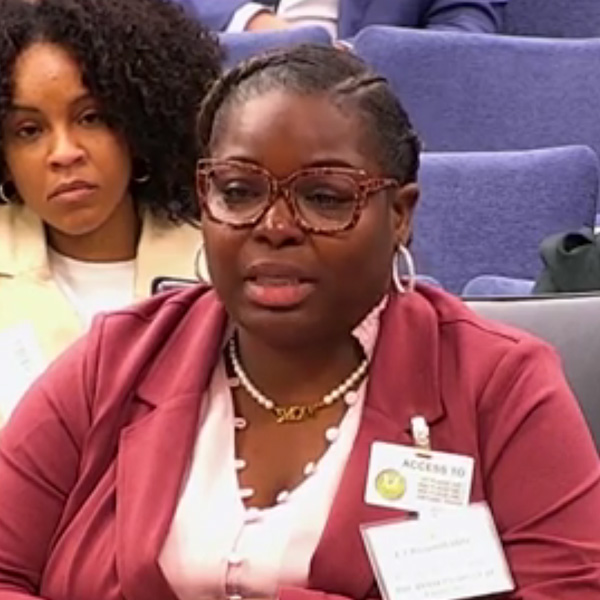 Roishetta Ozane, Vessel Project of Louisiana | FERC
Roishetta Ozane, Vessel Project of Louisiana | FERC
“But we’re here because we wanted you to see us; we wanted you to feel our emotion and feel our pain.”
Ozane noted that FERC did not provide compensation for travel, meals or hotels; instead, they relied on “coalitions that we have built; coalitions that should have been involved in the creation of this roundtable.”
Once the session reached the question-and-answer portion, Danly chimed in, making his only comments after his opening remarks apologizing for not being able to attend in person. “I just wanted to make one quick comment here, which is just to reassure everybody I am not stratospheric; I am firmly on terra firma, and I am listening to the entire proceeding with interest.”
Cumulative Impact Assessments
The third panel addressed how FERC and energy infrastructure applicants can better identify and minimize the impact of projects on environmental justice communities, including through cumulative impacts assessments.
EPA defines cumulative impacts as the “totality of exposures to combinations of chemical and non-chemical stressors and their effects on health, wellbeing and quality of life.”
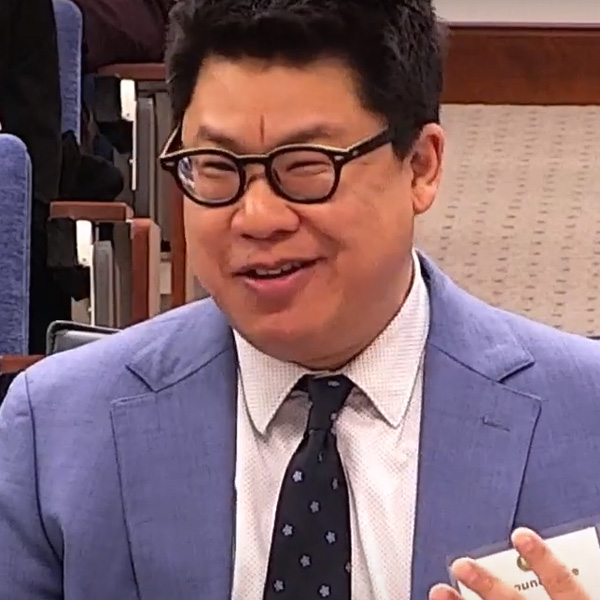 Al Huang, NYU | FERC
Al Huang, NYU | FERC
Al Huang, director of environmental justice at the New York University School of Law’s Institute for Policy Integrity, said, “FERC needs to demonstrate a foundational commitment to environmental justice, and that means identifying who EJ communities are, engaging with them, providing support for them [and] building trust. Building that foundation can yield substantive advantages such as … identifying viable alternatives to opposed projects that can mitigate adverse impacts, and fully understanding the vulnerabilities that communities might face.
“FERC also, I believe, needs to adopt a systematic and transparent process for conducting … cumulative impact analyses through the publishing of a guidance or policy statement,” Huang said. “I think it’s so important to have a policy statement because it provides a clear understanding of how FERC does its assessments in the future.”
Establishing a clear policy is key, he said, because the “communities that are impacted will [then] have an expectation of what the analysis and process will be and can therefore participate in a meaningful way. The policy statement should identify the methodology of how EJ communities will be identified, what data will be used, what tools will be used … and a process for evaluating disproportionate impacts.”
Panelists emphasized the need for extensive outreach to encourage community members to participate in the planning process. They also urged FERC to consider the long-term impacts on disadvantaged communities of past decisions to site utility infrastructure such as power lines, pipelines and generation facilities in those communities.
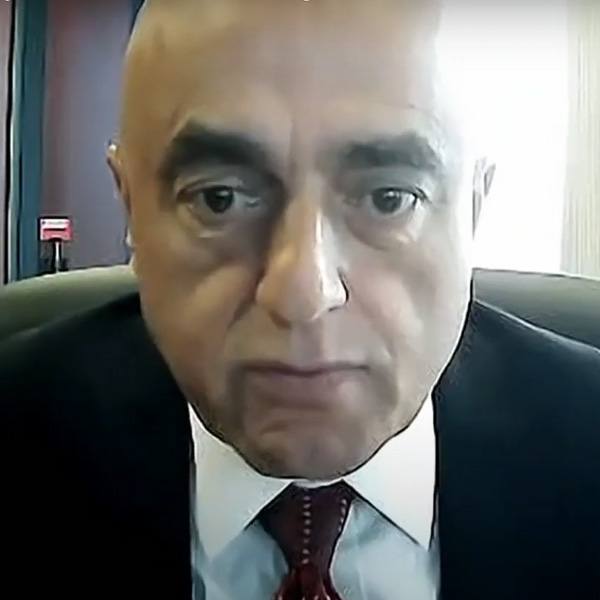 Beth Rose Middleton Manning, UC Davis | FERC
Beth Rose Middleton Manning, UC Davis | FERC
Beth Rose Middleton Manning, a professor of Native American studies at the University of California, Davis, said her “primary engagement with FERC is in looking at the history of hydroelectric project permitting and the contemporary processes renewing those licenses.” She has worked with tribes in Alaska, California and elsewhere.
“The unique and important thing about these [hydroelectric] licenses is that they extend 30 to 50 years, so they’re very long in duration … and much has changed socially and politically in those time periods,” Middleton Manning said.
“What I think is very important to recognize is the lack of participation, the lack of ability to participate, the flooding of people’s lands, the taking of their rights, the annihilation of culturally important species,” she said. “All of those processes were set in place when the licenses were permitted 30 to 50 years ago, and they have never been remediated.”
“Licenses for some of these longstanding projects were developed under conditions of injustice,” she said. “And if we don’t analyze that and look very carefully at the very specific impacts, then we continue to perpetuate that injustice with decisions today.”
 Aram Benyamin, LADWP | FERC
Aram Benyamin, LADWP | FERC
Aram Benyamin, chief operating officer at the Los Angeles Department of Water and Power, said public outreach needs to be more than “just putting a public notice out there and saying, ‘Please come at 5 p.m. to give your opinion to us, and if you don’t show up that means that you’re not interested.’ Some communities might have difficulties with transportation, difficulties with working multiple jobs, so that doesn’t count as public outreach.”
LADWP has plans to spend billions of dollars to transition to 100% clean energy, including projects for utility-scale battery storage, electric vehicle infrastructure and transmission, Benyamin said. Meaningful engagement with environmental justice communities means going to the communities and talking with residents, he said.
Carolyn Nelson, director of the Environmental Policy and Justice Division at the Department of Transportation’s Pipeline and Hazardous Materials Safety Administration, also said it was important for those investigating cumulative impacts to understand lower-income communities and how they work.
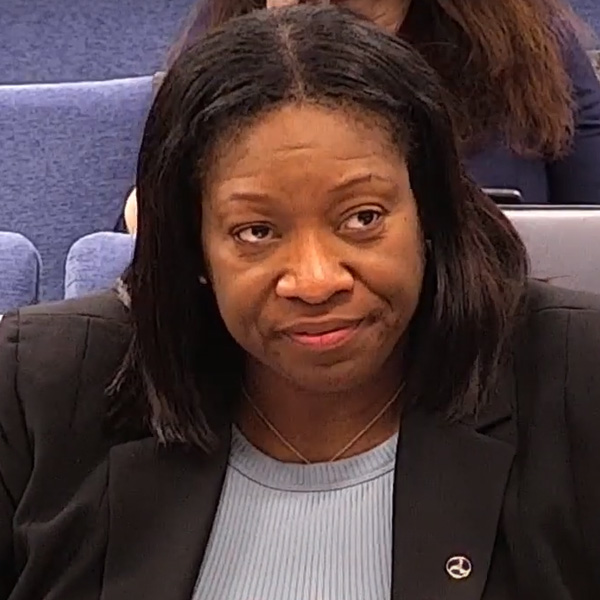 Carolyn Nelson, PHMSA | FERC
Carolyn Nelson, PHMSA | FERC
“We have to go to the communities to understand their needs, but to also understand their histories,” Nelson said.
Even relatively small takings of homes and land to build infrastructure can have a large impact, she said.
“We may move only two houses out of 10,” she said. But if the residents of those houses are “babysitting for the rest of us … that’s a huge impact to the community. You don’t know that until you go to these communities and really talk to them and understand how they operate, how their livelihoods are. You cannot do a cumulative effects analysis without looking at the past and it being a bridge to the present.”
